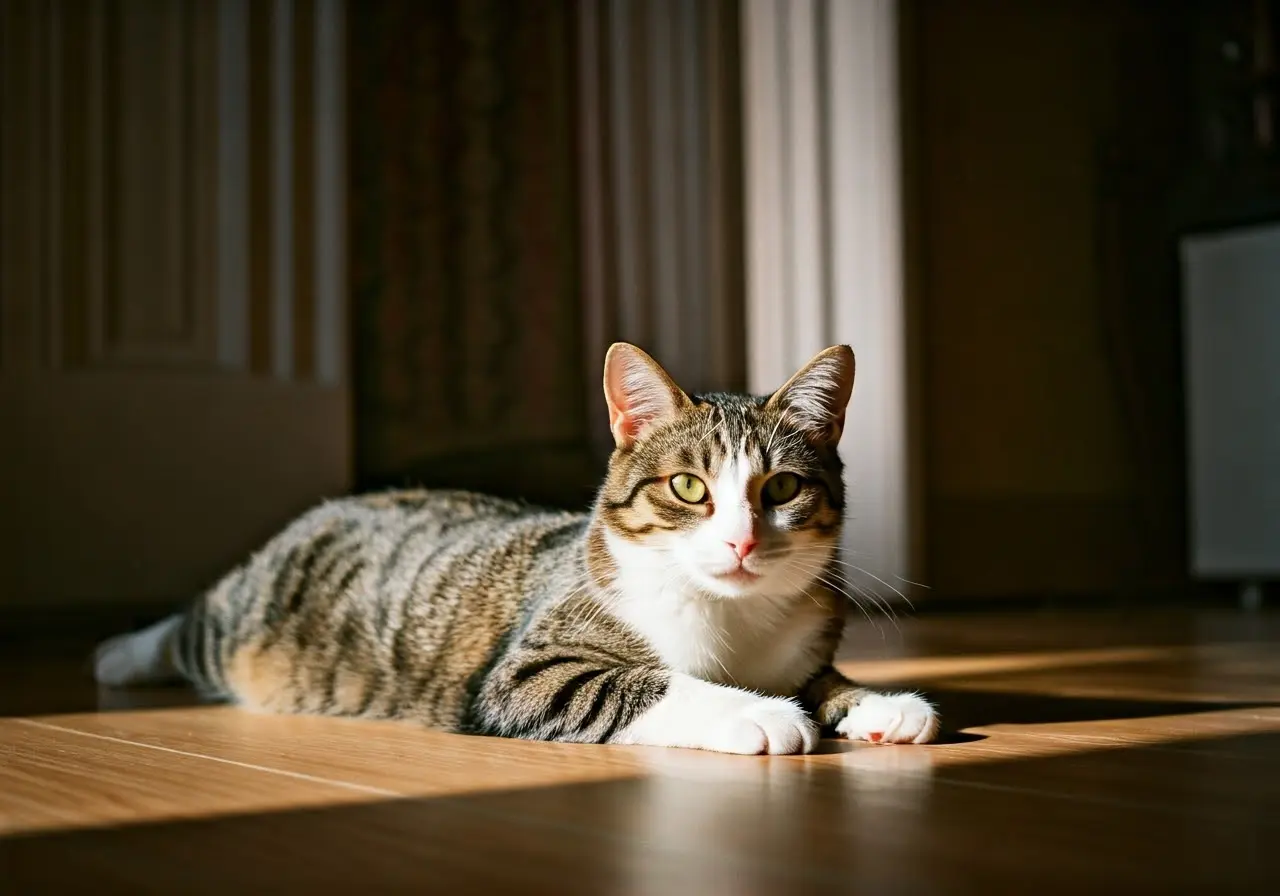Long-term cat sitting might seem complex at first, especially if you’re planning to be away from your feline friend for an extended period. This guide will explain everything you need to know, including how to find the right sitter, what to expect during the service, and how to ensure your cat is happy and comfortable throughout.
What is Long-term Cat Sitting?
Long-term cat sitting involves leaving your cherished feline in the care of a sitter for a more extended time than usual, such as several weeks or even months. Unlike brief pet care arrangements, long-term sitting requires thorough planning and a clear understanding of your cat’s habits and needs. The goal is to ensure a stress-free and comfortable experience for your furry friend, mimicking their daily routines as much as possible.
The dynamics of long-term cat sitting differ from short-term solutions, as it focuses on maintaining a stable environment for your cat. This type of sitting is particularly beneficial when you’re embarking on an extended vacation or work trip, where consistency in care can prevent stress and anxiety in your pet. Additionally, it’s much like having a temp stay-in guardian which helps keep anxiety at bay due to reduced environmental changes.
Both you and your cat will benefit from the continuity and routine long-term cat sitting provides. Not only will the sitter attend to all basic needs, like feeding and cleaning the litter, but they’ll also engage in regular play and interaction, which is crucial for maintaining your cat’s emotional health.
Finding the Right Sitter
Selecting the right sitter is key for a positive cat sitting experience. Begin by researching and reading reviews about potential sitters. Check their credentials and if they’re insured and bonded. Reviews and referrals are trustworthy indicators of a sitter’s reliability and capability.
Interviews are a fantastic way to gauge the suitability of a potential sitter. Ask them about their experience with cats, how they manage emergencies, and if they’re comfortable with your cat’s specific needs. As Nomador notes, discussing your cat’s routine and personality upfront ensures their prospective sitter is well-prepared.
Meeting the sitter in advance is just as important. Allow them to interact with your cat to observe their compatibility and how they handle your pet’s temperament. This Meet and Greet can provide peace of mind and set expectations perfectly clear for care during adverse situations.
Preparing Your Home
A well-prepared home eases the sitting process for both the cat and sitter. To help, we recommend following a preparation guide that covers situations like ensuring all necessities are easily accessible. Keeping the home environment familiar and routine-focused is pivotal to minimize any potential stress your absence might otherwise incite.
Creating a sanctuary for your cat while you’re away involves more than just leaving their favored spots open – it’s also about safety measures. Check for any hazards, such as loose wires or toxic plants, and detail these in a guide for the sitter. Simple checklists including where to find food, toys, bedding, and extra litter can streamline the care process enormously.
Make sure to discuss anything particular about your home, such as security systems, emergency contacts, and vet details. Ensuring your home is properly stocked allows the sitter to focus on keeping your cat’s routine seamless and stress-free.
Establishing Expectations with the Sitter
As with any ongoing arrangement, communication is foundational to successful long-term cat sitting. Begin by discussing the expectations you have — both routine and emergency contacts. Do you want daily updates via text? What about photos or video communication? Clarifying these will help ensure you are informed and at ease while away.
Discuss in explicit terms any specific aspects of your cat’s care and unique habits. By offering insights into your pet’s personality and schedule, the sitter can replicate the comfort your cat feels in routine, down to the smallest bonding ritual.
Being upfront about payment, visits’ frequency, and any additional duties can help prevent complications down the road. Have an agreement in writing to bring clarity and trust into the arrangement.
Monitoring the Cat’s Well-being
Even miles away, staying in the loop with your cat’s status can ease the distance. Some sitters use apps for regular updates; choose a method that works for both and allows easy communication in case immediate action is needed. Nothing beats getting an impromptu snapshot of your kitty lounging or playing, bringing you peace of mind that your beloved pet is thriving.
Daily check-ins help you feel connected and informed about your pet’s health and happiness. Address how you’d like updates, be it through videos, photos, or simple text—each allows you to maintain assurance in your absence.
Handling Unexpected Issues
Despite best-laid plans, animals, like situations, can be unpredictable. Having a plan in place with your sitter for unforeseen events can be vital. Ask them about their emergency procedures and previous experiences in handling sudden medical needs. A good sitter will also know to contact your vet quickly if necessary. This is an important aspect to prepare for peace of mind.
Addressing issues quickly and efficiently mitigates stress for both owner and pet. Allowances for plan adjustments and adaptations to guided preferences will help in handling any curveballs thrown during your time away.
Final Thoughts on Long-term Cat Sitting
Long-term cat sitting is a wonderful option for ensuring your feline friend is well taken care of while you’re away. By selecting the right sitter and preparing your home, you can ensure your cat will have a stress-free experience. Whether it’s a relative or a professional, knowing what to expect will keep both you and your kitty happy and calm.

















